Our guide explains what a UNESCO Global Geopark is and where the UK's seven Global Geoparks can be found
What is a Global Geopark?
A Global Geopark is an area of geological significance, managed with three main objectives: to protect the geological landscape and the nature within it; to educate visitors and local communities; and to promote sustainable development, including sustainable tourism. Global Geoparks promote the geological heritage of particular areas along with its natural and cultural heritages.
There are 140 Global Geoparks worldwide, spread across 38 countries, seven of which exist in the UK.
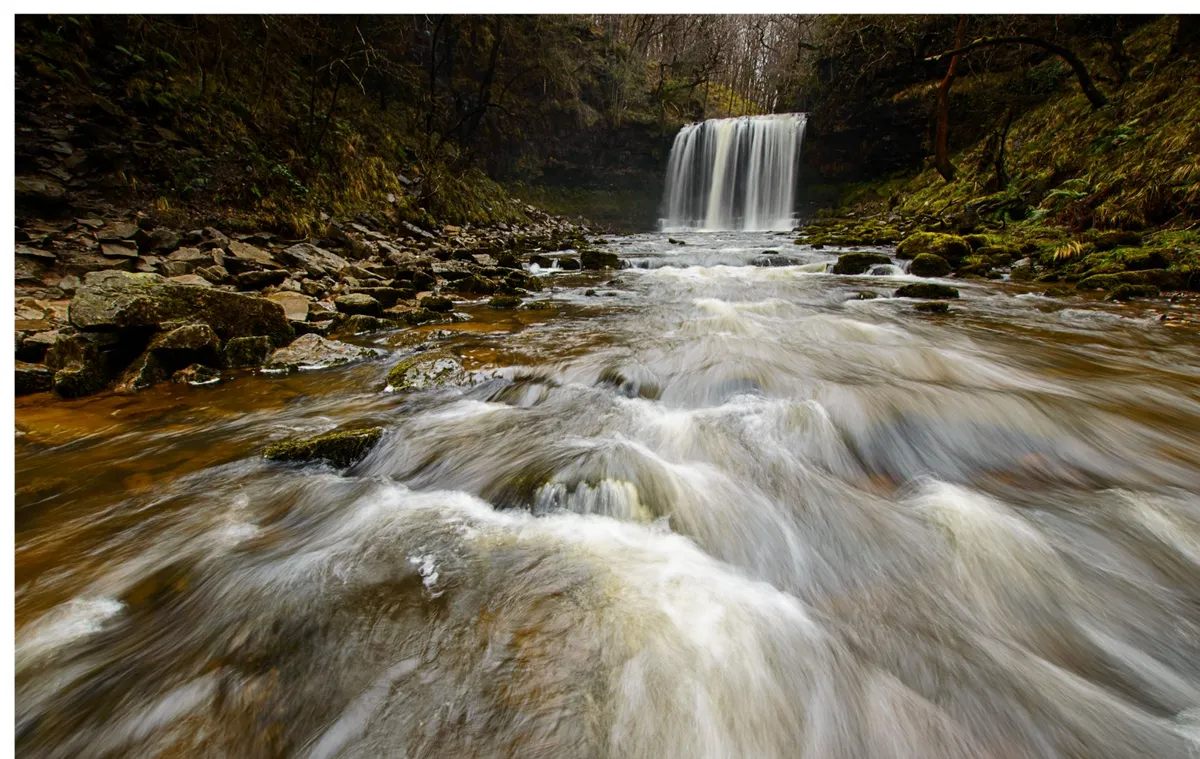
Where are the UK's Global Geoparks?
There are seven UNESCO Global Geoparks in the UK, ranging from England's south coast to the northern extremities of Scotland.
1
GeoMôn, Wales

The island of Anglesey in north-west Wales includes more than 100 different rock types, many of which can be found on its 125-mile coastline. Explore 1,800 million years of Earth’s history on one of the island’s many geotrails, or go one step further and sign up for a geo-kayaking adventure. www.geomon.co.uk
More related content:
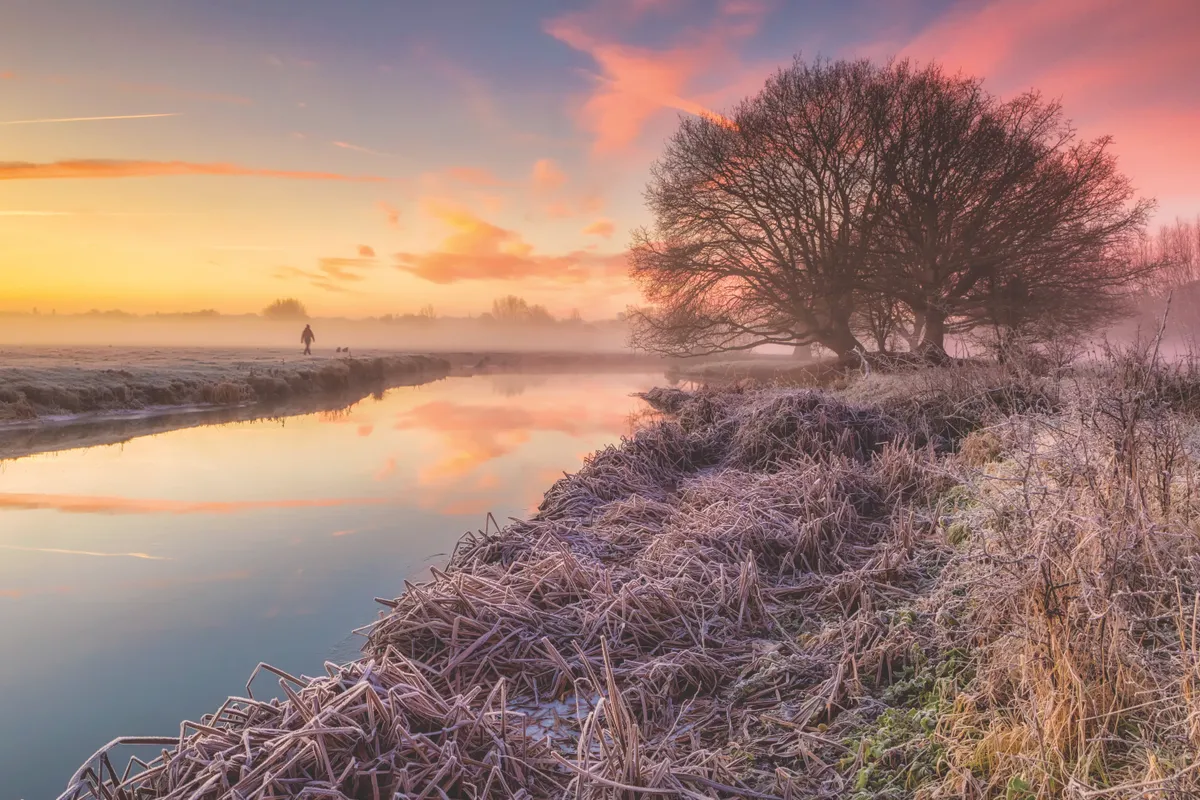
2
North Pennines, England
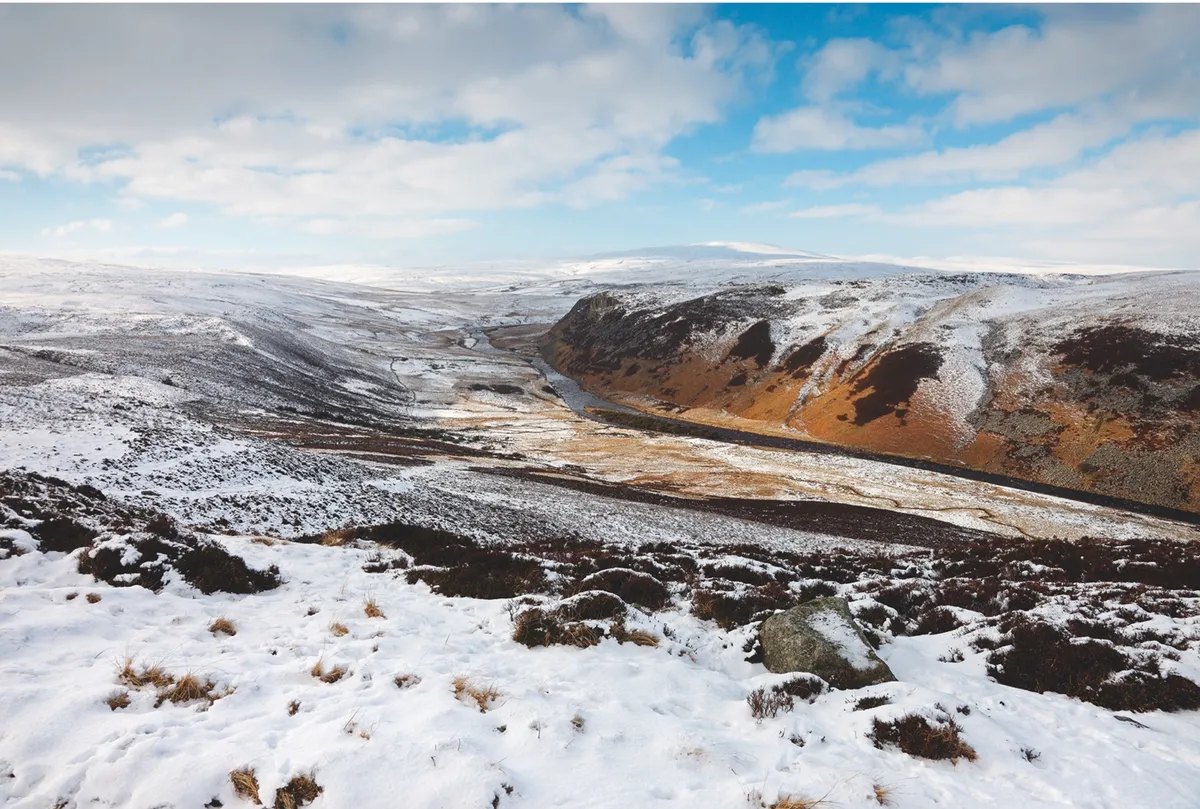
The land here bears witness to a past of tropical seas and sprawling deltas, vast deserts, ice sheets and tectonic action. Carving through its limestone, shale and sandstone hillsides are three of England’s most famous rivers: the Tees, the Tyne and the Wear. www.northpennines.org.uk
3
Fforest Fawr, Wales
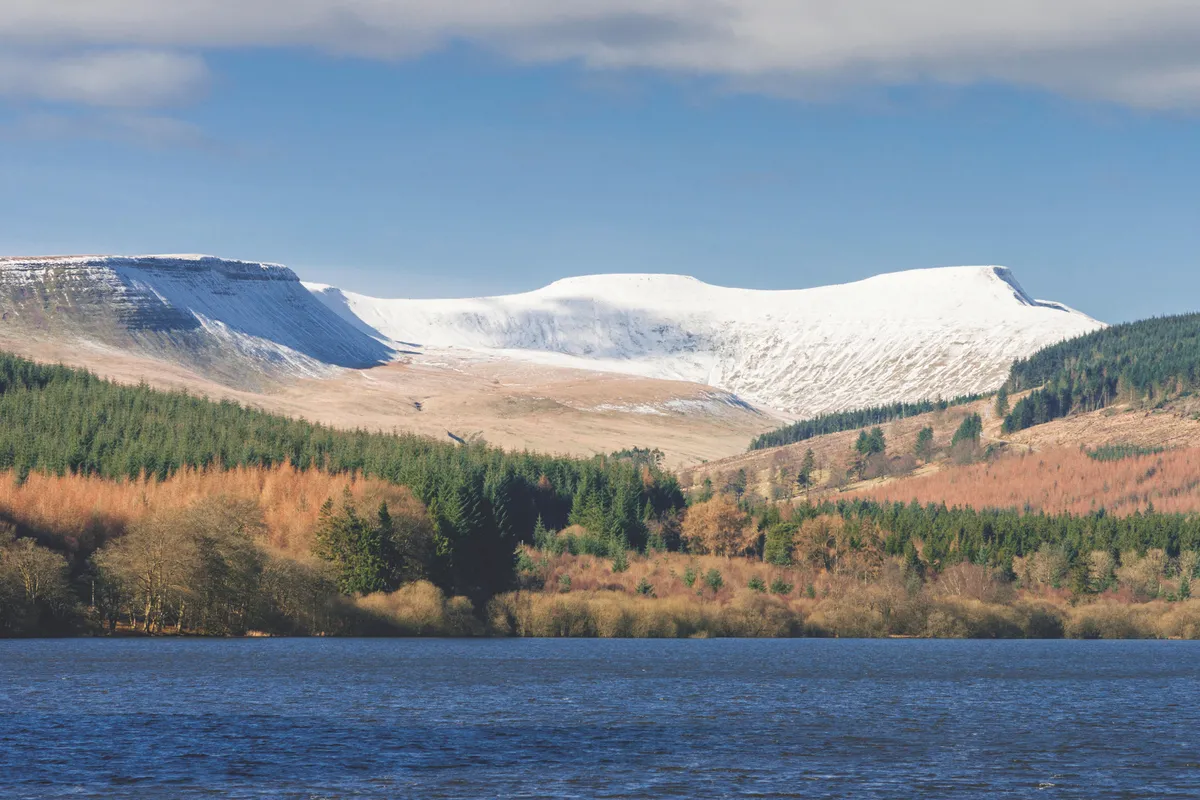
The ‘Great Forest’ is a 300-square-mile area of upland country encompassing the western side of the Brecon Beacons National Park, from the heights of Pen y Fan to the fluted ridgeline of the Black Mountain. The rocks here – shrouded in moorlands, woods, meadows and lakes – have a 480-million-year-old history. www.fforestfawrgeopark.org.uk
4
English Riviera, England
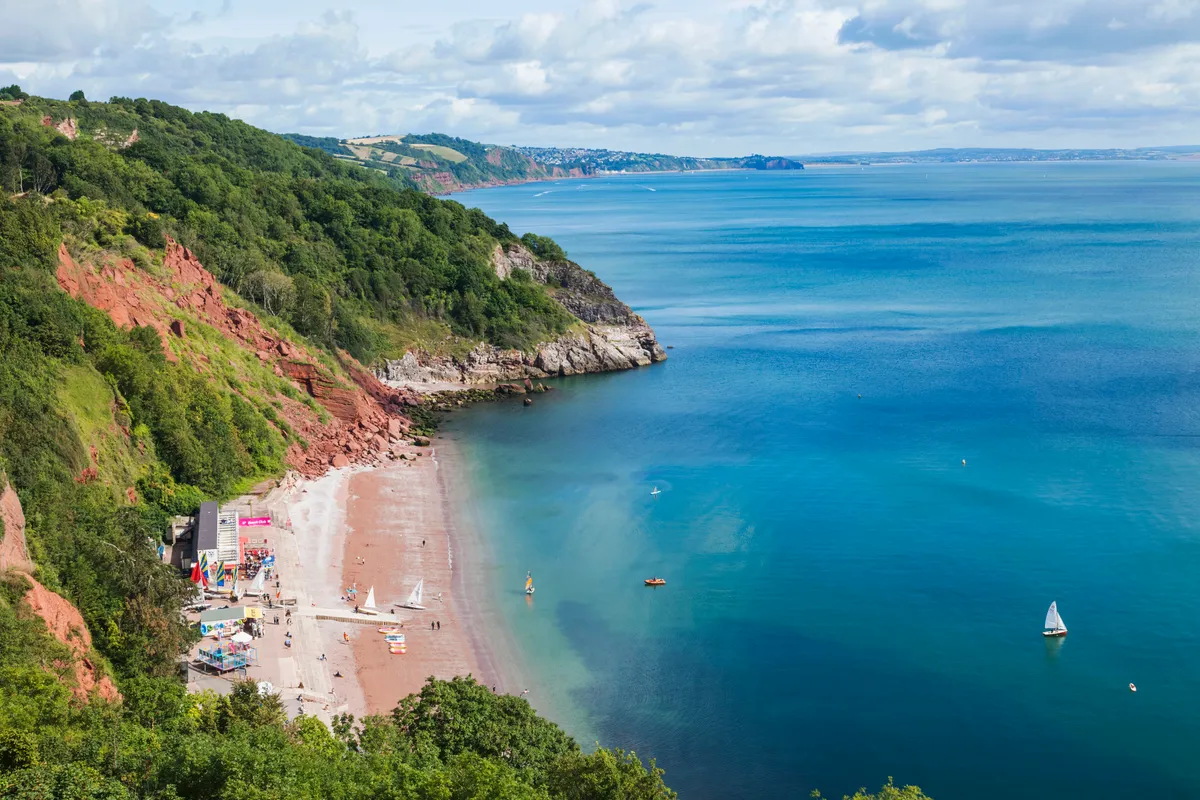
Spanning the horseshoe shoreline of Torbay in Devon is the most southerly of the UK’s seven geoparks. The land here avoided glaciation and tells tales of sabre-toothed tigers, ancient forests, straight-tusked elephants and cave bears, along with the oldest modern human fossil in North West Europe. englishrivierageopark.org.uk
5
Marble Arch Caves, Northern Ireland
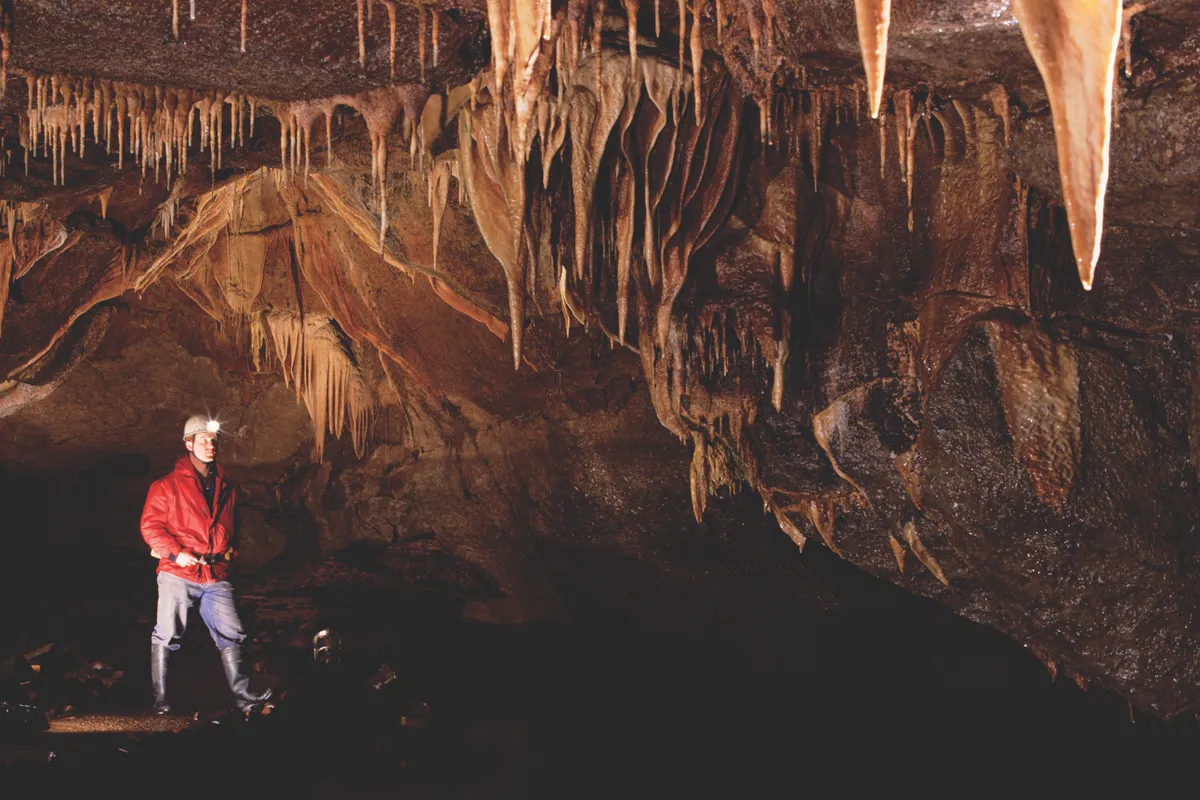
The intricate passageways and stalactite-hung caverns of the Marble Arch Caves are just one of the geopark’s many features. Surrounding this subterranean world are drumlins and snaking rivers, upland blanket bog and the imposing 655m-high Cuilcagh Mountain. www.marblearchcavesgeopark.com
6
Geopark Shetland, Scotland
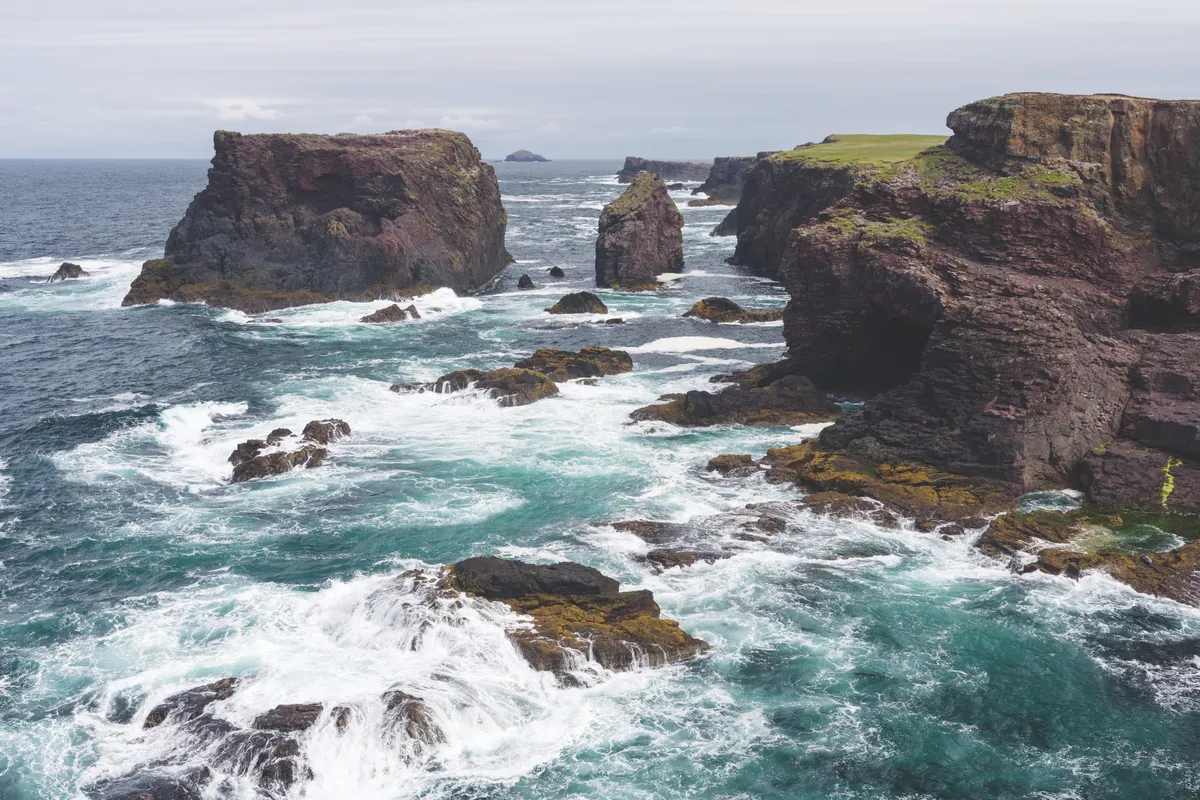
Climb an extinct volcano and explore an ancient ocean floor on this subarctic archipelago of Scotland. The Shetlands are also a great place to see the Walls Boundary Fault, a formation created in the Devonian and the Jurassic. www.shetlandamenity.org/geopark-shetland
7
North West Highlands, Scotland
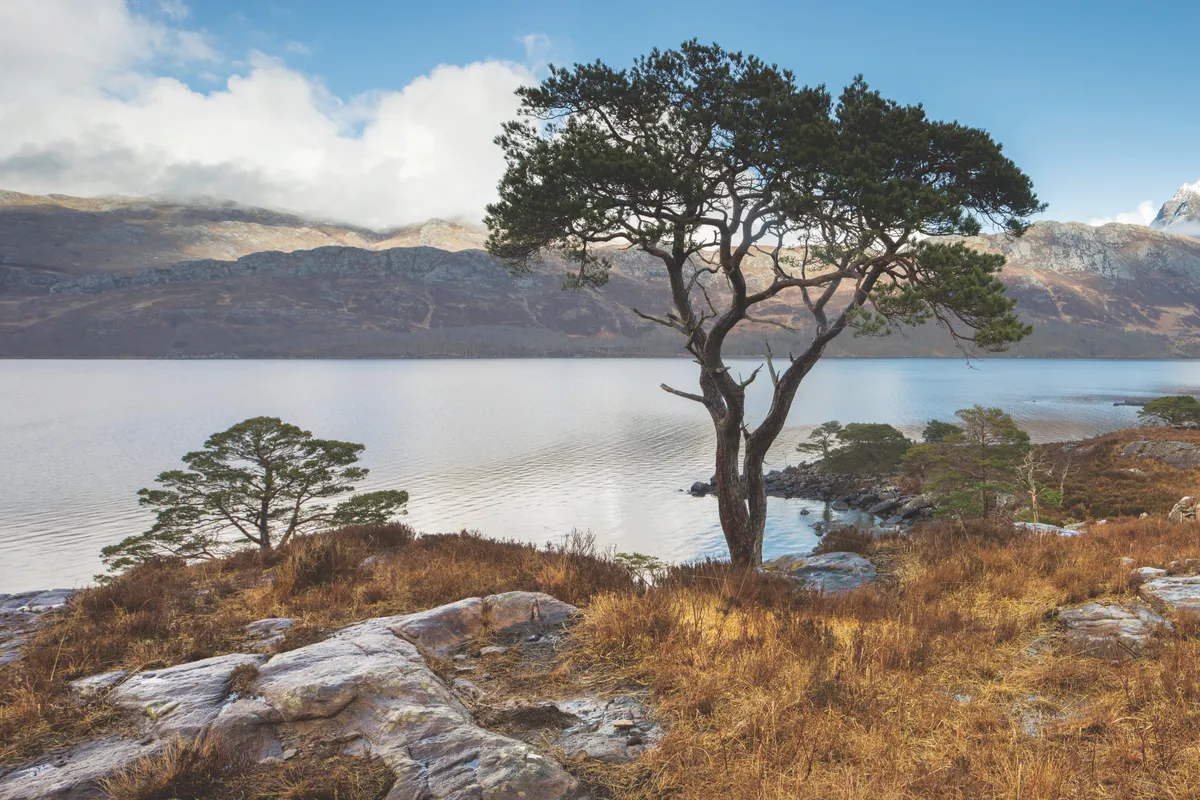
Home to Europe’s oldest rocks, the Lewisian gneiss in this geopark is three billion years old; that’s two-thirds of the age of the planet. You’ll also find the earliest evidence of life found in Europe – 1.2-billion-year-old stromatolites – as well as extraordinary glacial scars. www.nwhgeopark.com
